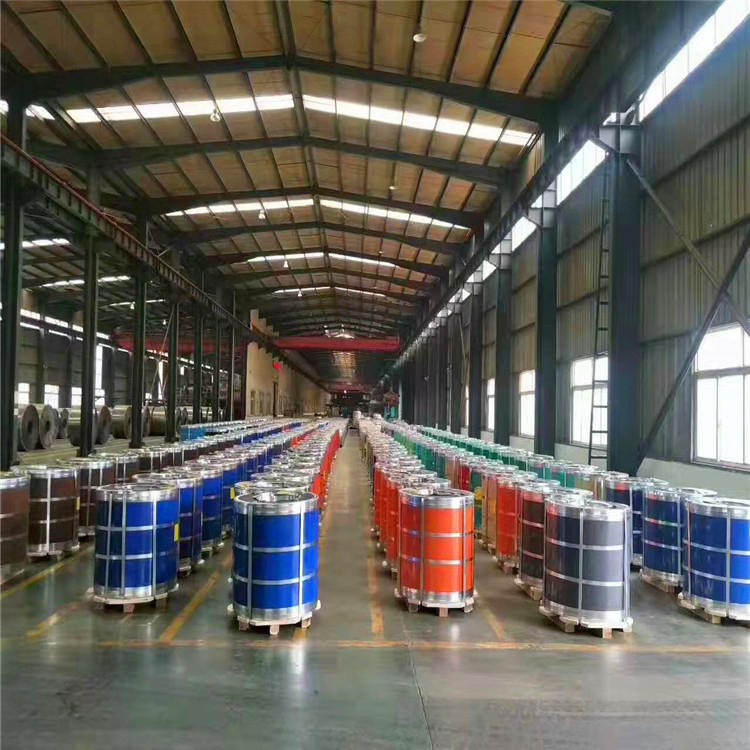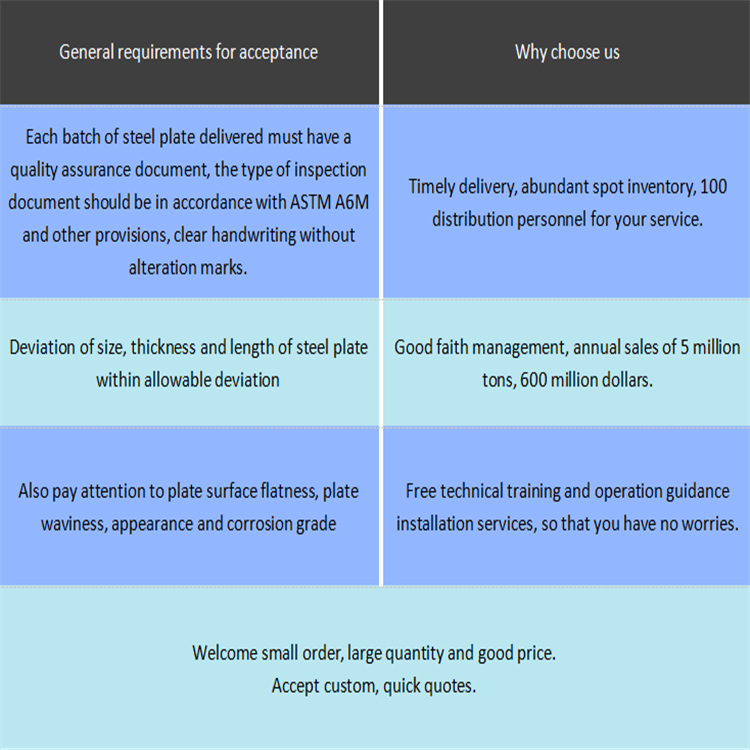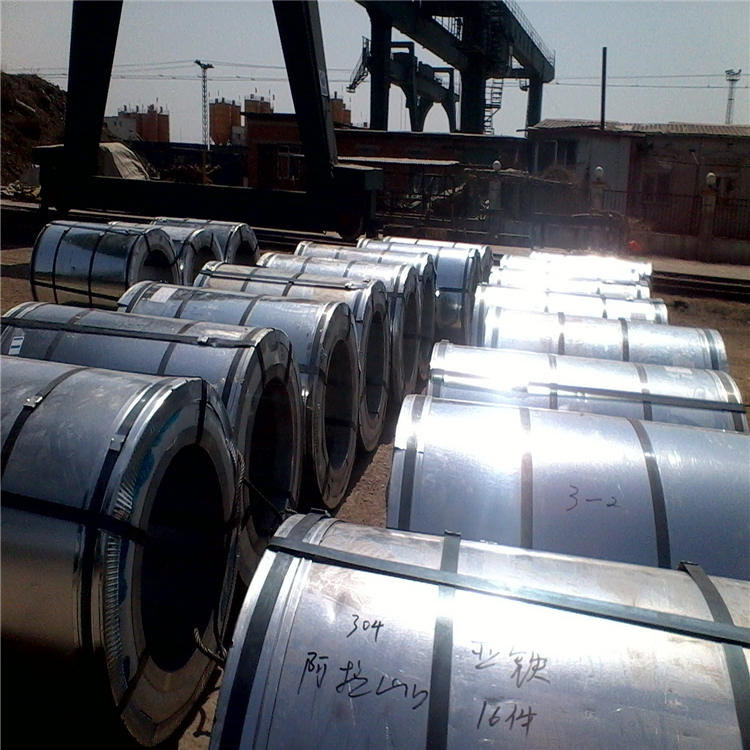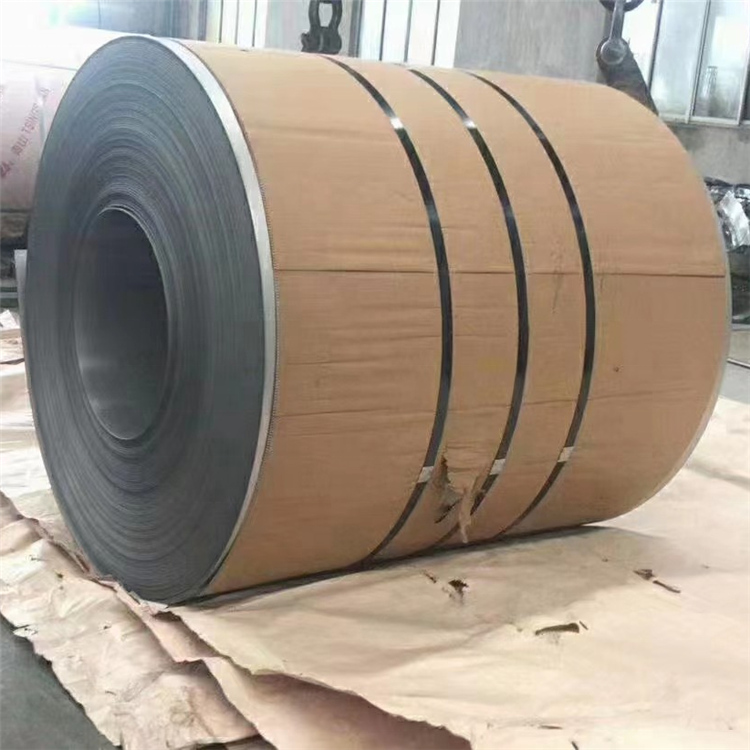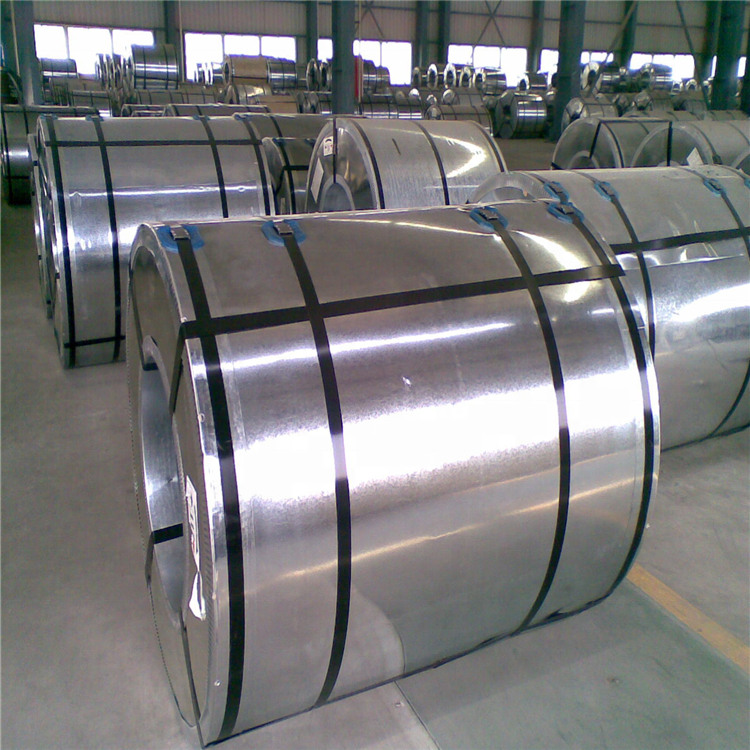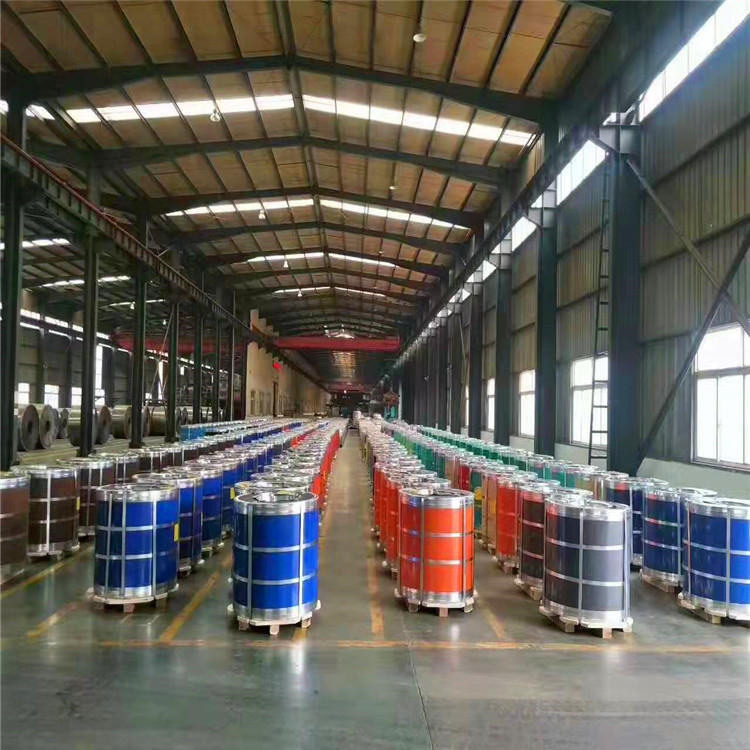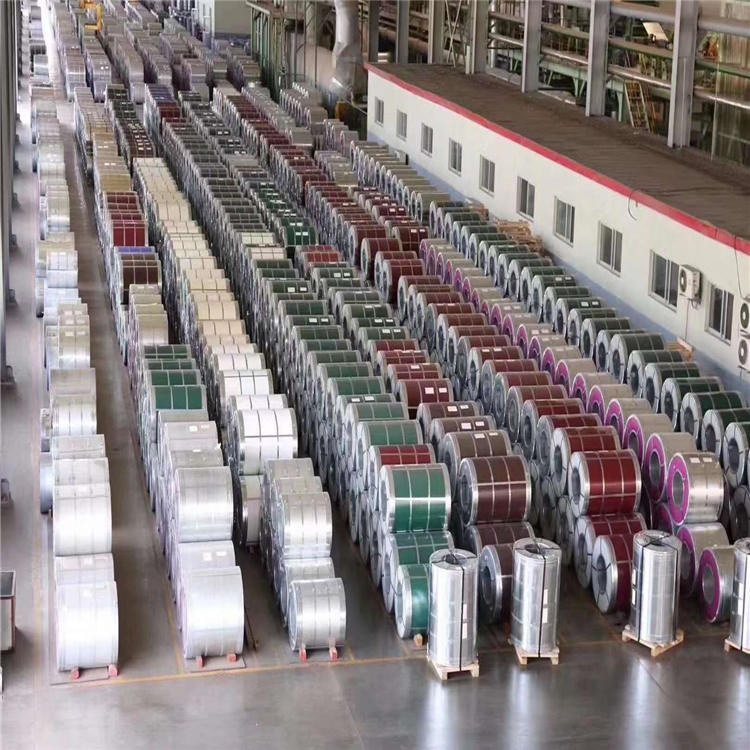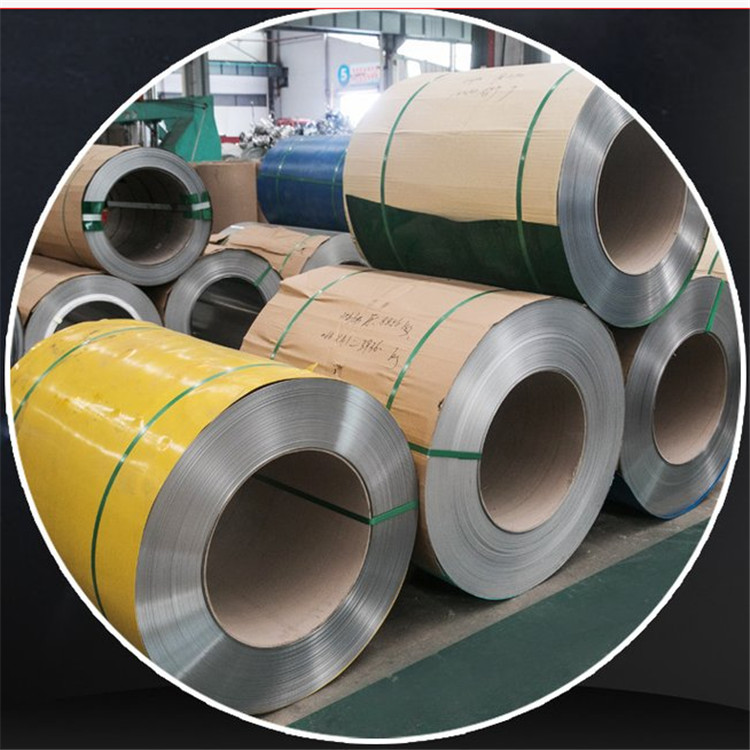Stainless Steel Coil Features
Stainless steel coils refer to steel coils that are resistant to corrosion by weak media such as atmosphere, steam and water. Stainless steel coils have strong corrosion resistance and rust resistance, and their excellent quality makes them important industrial raw materials and building materials. Stainless steel coils are the most common in our lives, ranging from household tableware, indoor piping, water heaters, and bathtubs; as large as auto parts, medical machinery, building materials, chemicals, food industry, textile industry, and cheese industry;
Features of stainless steel coil: 1. Complete product specifications and various materials; 2. High dimensional accuracy, up to ±0.1mm; 3. Excellent surface quality, good brightness; 4. Strong corrosion resistance, tensile strength and resistance High fatigue strength; 5. The chemical composition is stable, the steel is pure, and the content of inclusions is low; 6. The package is in good condition and the price is favorable; 7. It can be customized.
301 304 304L 316 316L Stainless Steel Coil
301 stainless steel strip is a metastable austenitic stainless steel, which has a completely austenitic structure under the condition of sufficient solid solution. Among the austenitic stainless steels, 301 is the steel that is most easily strengthened by cold deformation. Through cold deformation processing, the strength and hardness of the steel can be improved, and sufficient plasticity and toughness can be retained. In addition, this steel has good resistance to atmospheric conditions. rust, but poor corrosion resistance in reducing media, and poor corrosion resistance in chemical media such as acid, alkali, salt, etc., so it is not recommended for harsh environments. 301 is mainly used in cold-worked state for equipment parts that bear higher loads, but also want to reduce the weight of the equipment and not rust. In addition, this steel is prone to work hardening when it is impacted by external forces, which can absorb more impact energy and provide more reliable security for equipment and personnel.
304 is a general-purpose stainless steel, which is widely used to make equipment and parts that require good comprehensive properties (corrosion resistance and formability). 304 stainless steel coils are divided into austenitic stainless steel cold-rolled coils and stainless steel hot-rolled coils. 304 stainless steel is a grade of stainless steel produced according to the American ASTM standard. 304 contains 17% chromium and 7% nickel. 301 is the most widely used stainless steel and heat-resistant steel. For food production equipment, Xitong chemical equipment, nuclear energy, etc. Application fields: machinery and equipment manufacturing, electronics, electrical appliances, computers, high-tech product parts, etching, auto parts, kitchen supplies, adjusting gaskets, metal stamping parts springs Shrapnel and stainless steel foil are used for overmolding and other industries.
304 stainless steel (coil) plate features: beautiful surface, diversified use possibilities; good corrosion resistance; longer durability than ordinary steel; high temperature oxidation resistance and high strength, so it can resist fire; good plasticity and good welding performance. It has excellent stainless corrosion resistance, good intergranular corrosion resistance and good processing performance. Implement standards GB/T4238, ASTM/ASME, JIS G4305, EN10088, BSEN10028, GB/T3280, GB/T4237. Surface group description NO.1 (heat treatment and pickling treatment after hot rolling.), 2B (heat treatment after cold rolling, pickling or similar treatment, and finally smoothing to obtain appropriate gloss.), 2D (after cold rolling Heat treatment, pickling or similar treatment or matt surface.), 3#, 4#, HL, BA
The corrosion resistance, appearance, workability, strength and other characteristics of 304L stainless steel are far superior to other materials, and many surface treatment methods of stainless steel can obtain colorful colors and shapes.
Surface treatment method and mechanical grinding surface treatment method in the manufacturing process of 304L stainless steel: NO.1 Silver white, matt. A rough, matte surface that is hot rolled to a specified thickness, annealed and descaled. Use where a glossy surface is not required. NO.2D Silver White After cold rolling, heat treatment and pickling are performed, and sometimes a final light rolling is performed on a matte roll. For general timber, deep drawing timber. The gloss of NO.2B is stronger than that of NO.2D. After NO.2D treatment, a final light cold rolling is carried out through a polishing roller to obtain proper gloss. This is the most commonly used surface finish and can also be used as a first step in polishing. For general timber. BA Mirror Bright No standard, but usually a bright annealed finish with a highly reflective surface. For building materials, kitchen utensils. NO.3 Coarse grinding Use 100~200# (unit) to grind the material No.2D and No.2B to grind. For building materials, kitchen utensils. NO.4 Intermediate grinding The polished surface obtained by grinding the NO.2D and NO.2B materials with a 150~180# grain abrasive belt is universal, with specular reflection and visible 'grain' bright surface. NO.240 is finely ground, and the NO.2D and NO.2B materials are ground with a 240# grain grinding belt. For kitchen utensils. NO.320 is extremely finely ground, and the NO.2D and NO.2B materials are ground with a 320# grain grinding belt. The gloss of NO.400 is close to that of BA. The NO.2B material is ground with a 400# polishing wheel. For general lumber, construction lumber, kitchen utensils. HL Hairline Grinding For hairline grinding (150~240#) of abrasives with appropriate particle size, there are many grains. For buildings, construction materials. NO.7 is close to mirror grinding, and is ground with a 600# rotary polishing wheel. For fine art decoration. NO.8 Mirror surface grinding Mirror with polishing wheel for grinding Reflector, for decoration
316 stainless steel coil has good corrosion resistance, heat resistance, low temperature strength and mechanical properties, good hot workability such as stamping and bending, and no heat treatment hardening phenomenon. Used in seawater equipment, chemical, dye, paper, oxalic acid, fertilizer and other production equipment; photography, food industry, coastal facilities, ropes, CD rods, bolts, nuts, tableware, cabinets, boilers, auto parts, medical equipment , building materials, food industry, automobile, aviation, aerospace hardware tools, chemical industry, etc. 316 is a grade under the American standard. It belongs to stainless, heat-resistant, corrosion-resistant steel. It is austenitic stainless steel. For the national standard, it is 0Cr17Ni12Mo2. It is better than 304 stainless steel. The corrosion resistance is better than 0Cr19Ni9. It is mainly a pitting-resistant material. Due to the addition of Mo, its corrosion resistance, atmospheric corrosion resistance and high temperature strength are particularly good, and it can be used under harsh conditions; excellent work hardening (non-magnetic); excellent high-temperature strength; solid solution state non-magnetic; cold-rolled products The appearance is glossy and beautiful; compared with 304 stainless steel, the price is higher. 316 stainless steel contains molybdenum and low carbon content, and its resistance to pitting corrosion in marine and chemical industrial environments is much better than 304 stainless steel! There is also a gap in performance between 316 stainless steel and 316L stainless steel. If the customer needs to weld the steel grade, we recommend to use the 316L stainless steel grade. If there is no need for welding and there is a higher requirement for the strength of the steel grade, 316 stainless steel can be selected. In the concentrated sulfuric acid environment, do not use 316 at high temperature!
316L stainless steel is mostly produced according to American Standard. For cost reasons, steel mills generally try to lower the Ni content of their products to the lower limit. The American Standard stipulates that the Ni content of 316L stainless steel is 10-14%, while the Japanese standard stipulates that the Ni content of 316L stainless steel is 12-15%. According to the minimum standard, there is a 2% difference between the American standard and the Japanese standard in Ni content, which is still quite huge in terms of price, so customers still need to see clearly when purchasing 316L products, whether the products refer to ASTM or JIS standards. (316L low carbon, 316N nitrogen high strength and high strength, 316 stainless steel with high sulfur content, easy to cut stainless steel. Low carbon 304 steel, in general, the corrosion resistance is similar to 316L, but after welding or after stress relief , its resistance to grain boundary corrosion is excellent, and it can maintain good corrosion resistance without heat treatment.
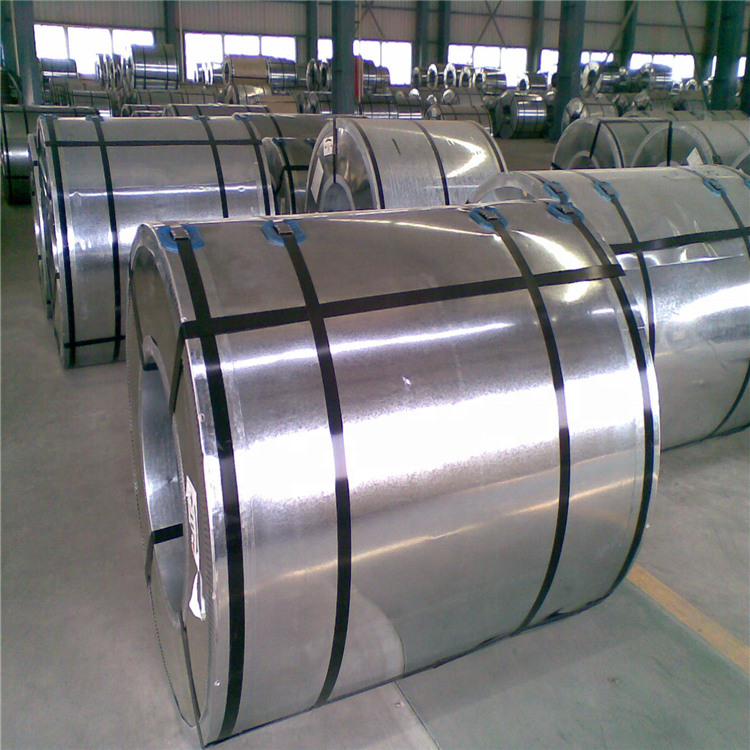
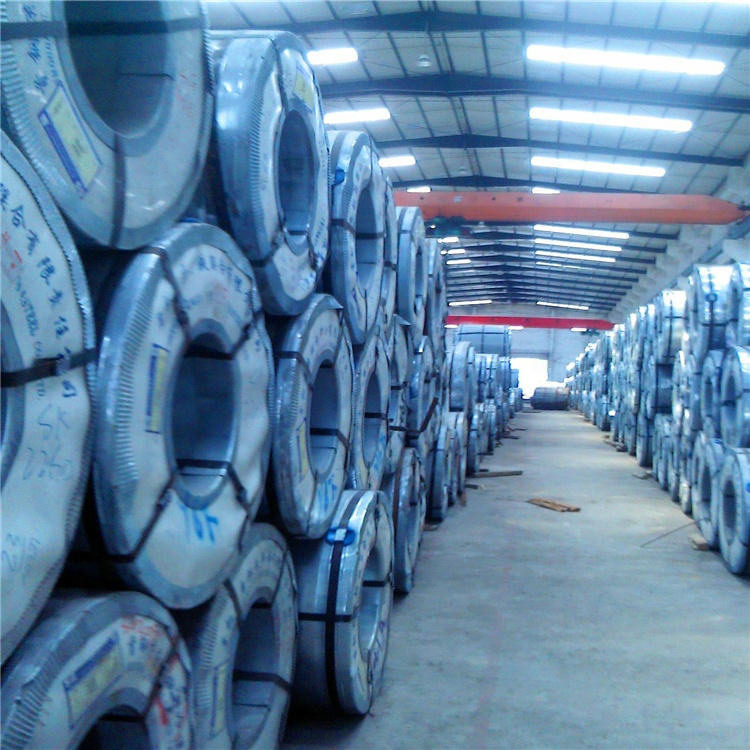
201 202 301 302 316 316L 317 410 430 stainless steel coil performance characteristics
201 stainless steel coil is a chromium-nickel-manganese austenitic stainless steel with low magnetic properties.
202 stainless steel coil belongs to chromium-nickel-manganese austenitic stainless steel, and its performance is better than that of 201 stainless steel.
301 stainless steel coil has good ductility and is used for forming products. It can also be hardened by mechanical processing. Good weldability. Wear resistance and fatigue strength are better than 304 stainless steel.
302 stainless steel coil stainless steel ball belongs to austenitic steel, which is close to 304, but the hardness of 302 is higher, HRC≤28, and has good rust and corrosion resistance.
316 stainless steel coil "cutting grade" martensitic steel, similar to the earliest stainless steel of Brinell high chromium steel. Also used in surgical knives, can do very bright.
316L stainless steel coil belongs to martensitic (high-strength chromium steel), which has good wear resistance and poor corrosion resistance.
The pitting corrosion resistance of 317 stainless steel coil is better than that of 316 steel. Materials for printing and dyeing equipment.
Characteristics of 410 stainless steel coil: As a representative steel of martensitic steel, although it has high strength, it is not suitable for use in harsh corrosive environments; its workability is good, and it is surface hardened (magnetic) according to heat treatment. For knife blades, machine parts, petroleum refining devices, bolts, nuts, pump rods, Class 1 tableware (cutlery and forks).
430 Stainless Steel Coiled Ferritic Stainless Steel, for decorative use, eg for car accessories. Good formability, but poor temperature and corrosion resistance.
